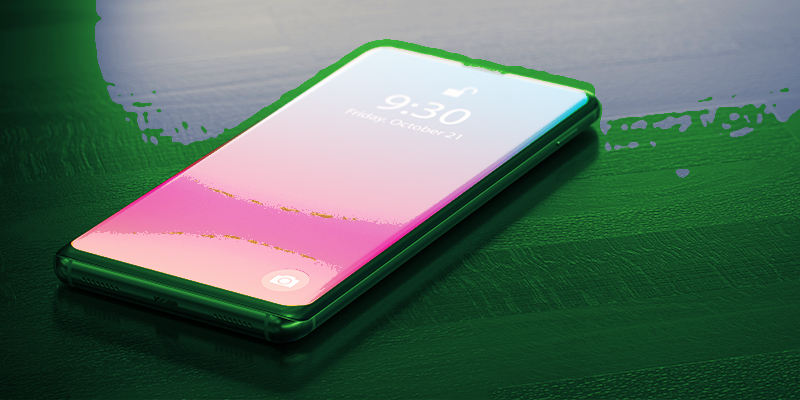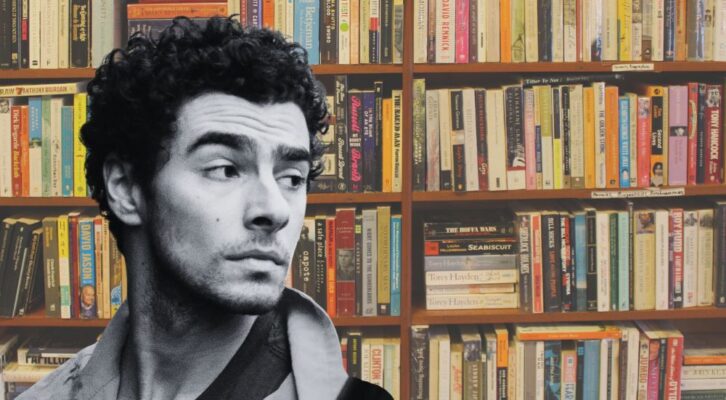I graduated college in the mid-1990’s, right around the same time my wife and I got our first Internet-capable PC. My first job out of school was writing for a consumer computer magazine, where we did stories with angles like “Do you really need e-mail?” and “World Wide Whatnow?”
Now, most of us walk around with the world in our pockets. For me, there are days when the interval between then and now feels like a jump cut. It’s hard to believe that the type of touchscreen smartphone so many of us rely on today didn’t even exist until 2007—literally one generation of teenagers ago—when part of me is still a young adult myself, fresh out of school, watching “the Web” fill in around me.
And yet these devices now seem indispensable even to the basic logistics of life: communicating, getting from one place to another, generally getting things done. I couldn’t count all the times I’ve asked myself, in the last 15 years: “How did we manage to do all this before?”
I imagine people must have felt something similar after the arrival of the car or the television; culture-quaking inventions tend to have that effect. And when it comes to changing a culture quickly, few inventions of my lifetime can compete with the viral efficiency of social media.
In the social media era, we can connect with each other around the world more easily than ever. We can share knowledge and ideas with more people faster. We can teach each other, entertain each other, inspire and support each other in ways we never could before.
We also can trick each other and tear each other down. We can shout louder, over greater distances. We can push each other’s psychological buttons with a tap of a virtual one, and our cultural mood often feels angrier as a result. Studies show that using these platforms can stimulate the “feel good” freeways in our brains the same way addictive substances do; the same studies show links between heavy social media use and anxiety, depression, and other ailments.
All these thoughts make up the stuff floating around beneath the thriller plot of Device Free Weekend, in which seven people who became friends before the Internet reunite in the social media age. . .which one of them helped invent. Now a troubled mega-billionaire with a private island to keep the connected world at bay, he’s having heavy second thoughts about his own creation. But he has a bold plan for recapturing his monster, and it’s up to the other six to help him. Or stop him. Or die trying.
You’ll find a few of my own upvotes and downvotes on the digital age in this book, but if I did anything right, you’ll mostly find a fun, page-turning thriller. It’s not lost on me that I wrote it during a pandemic lockdown, when our devices were the only things connecting many of us to friends and loved ones, while debates about freedom seemed to dominate our screens. Nothing complicated is ever simple. . . .
COMPANION PIECES
If you like a good pairing, here are a few movies, shows, and books that share a vibe with Device Free Weekend. Stop me if you’ve seen ‘em:
Technology
I can’t think of anything that does a better job of suggesting near futures for a tech-driven culture than Black Mirror, a show that seemed to master the art of taking the world we recognize and extrapolating it—sometimes not very far—to occasionally funny, more often horrifying outcomes. Specific episodes that may share a little Device Free Weekend energy include “Nosedive” and “Smithereens.”
For documentaries, you can’t get much closer to the topic than The Social Dilemma, which will do an excellent job of kicking any algorithm and device-addiction anxieties you may have into high gear.
Reunions
There are no shortage of “college friends reuniting” stories out there, from whichever decade you consider yours, and you probably already have your own favorites. Replace the word “college” with “childhood,” or “a summer job,” or “the military,” or simply “the past,” these stories still mine the same ever-compelling theme: measuring who you are now against the person you were then, with the people who knew you best as reference.
A touchstone film for this dynamic has to be 1983’s The Big Chill. But I’ll recommend a similar, perhaps lesser-known indie gem from the 1990’s, when the characters in Device Free Weekend first met:
Peter’s Friends, starring a murderer’s row of UK acting talent: Stephen Fry, Emma Thompson, Kenneth Branagh, Imelda Staunton, and Hugh Laurie. It’s sweet and funny, silly and moving, and a personal fave you may have missed.
Destinations
Who doesn’t feel the urge to escape, once in a while, into a good story set in a location that feels rarified and exotic?
Others have compared the feel of Device Free Weekend to current movies and shows like The Glass Onion, White Lotus, and The Menu. I liked every one of those titles myself. Plot-wise, they’re all up to different things, but if it’s that fun destination vibe you’re looking for—with a main course of stranded people all moving toward an eruptive conclusion—any one of them will deliver. . .and I hope that Device Free Weekend will, too!
Locked Rooms
I love a good locked-room story. In a mystery, we get a tantalizing puzzle: how could this terrible crime have happened when there’s (seemingly!) no way in or out of the place where it occurred? In a thriller, we get nail-biting suspense: how are these characters going to escape certain doom when there’s (seemingly!) no way out of the place where they’ve been confined?
From Poe’s Murders in the Rue Morgue to Christie’s Murder on the Orient Express to Dennis Lehane’s Shutter Island to Lisa Unger’s Secluded Cabin Sleeps Six, the “locked-room” story remains as entertaining as ever. Plot mechanics aside, these stories share a theme, too: people cut off from the resources they need to restore order to their world.
Maybe they’re cut off by a locked room. Or a storm. Or an island. Or a storm on an island. Or a locked room in a storm on an island, with no phones and no Internet, on what was supposed to have been a relaxing Device Free Weekend. . . .
***


















